
Batteries from electric vehicles are likely to be either recycled for their valuable content or repurposed, according to a recent report.
A new report by IDTechEx, Second-life Electric Vehicle Batteries 2025-2035: Markets, Forecasts, Players, and Technologies explored the commercial feasibility of repurposing EV batteries for stationary storage applications after their initial automotive use.
“After a Li-ion battery has served its first life in an electric vehicle, automotive OEMs will be faced with deciding whether to send these batteries for recycling or for repurposing into second-life applications,” Conrad Nichols, senior technology analyst at IDTechEx, wrote in the report.
The growing availability of retired EV batteries will be crucial for the penetration of second-life battery storage technologies, he added.
The report highlighted that EV batteries, particularly those using NMC chemistries, are more likely to be recycled due to the valuable nickel and cobalt content. In contrast, LFP batteries, which lack these metals, are expected to be repurposed more frequently. However, the slower adoption of LFP batteries in Europe and the U.S. compared to China may hinder short-term market growth in these regions.
Cost remains a significant challenge in the repurposing process. Factors such as logistics, materials and manual intervention contribute to high costs. IDTechEx identified several bottlenecks, including the cost of retired EV batteries and the logistics of shipping them over long distances. The emergence of business-to-business battery marketplaces is expected to reduce these costs by facilitating more efficient trading and providing crucial battery health information.
Despite these challenges, the report suggests that second-life battery energy storage systems (BESS) must be priced lower than first-life Li-ion BESS to remain competitive. The ongoing reduction in first-life Li-ion BESS costs has made it difficult for repurposers to commercialize second-life technologies, leading to steady but slow market growth.
To enhance the commercial viability of second-life BESS, repurposers need to explore cost reduction opportunities across logistics, materials, and processes. Alternative business models, such as battery storage as a service (BSaaS) or renting batteries, could also make these technologies more attractive to customers.
Image credit: Depositphotos.com



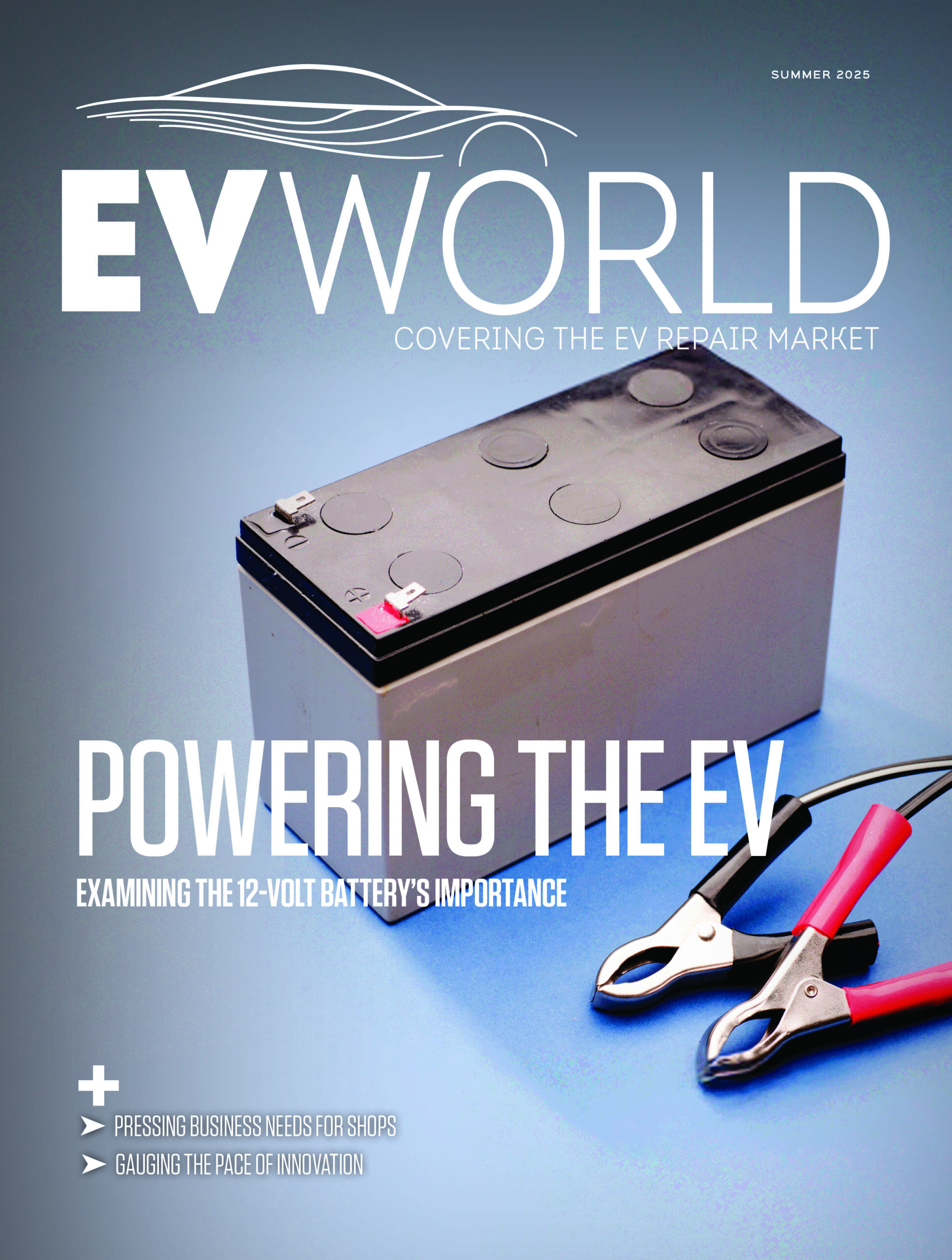

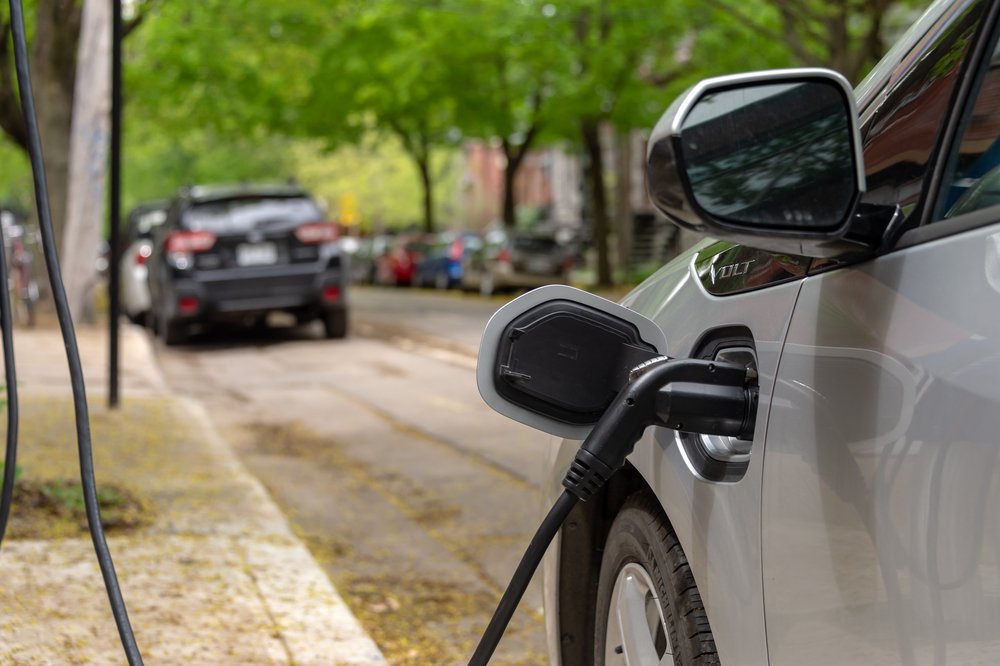

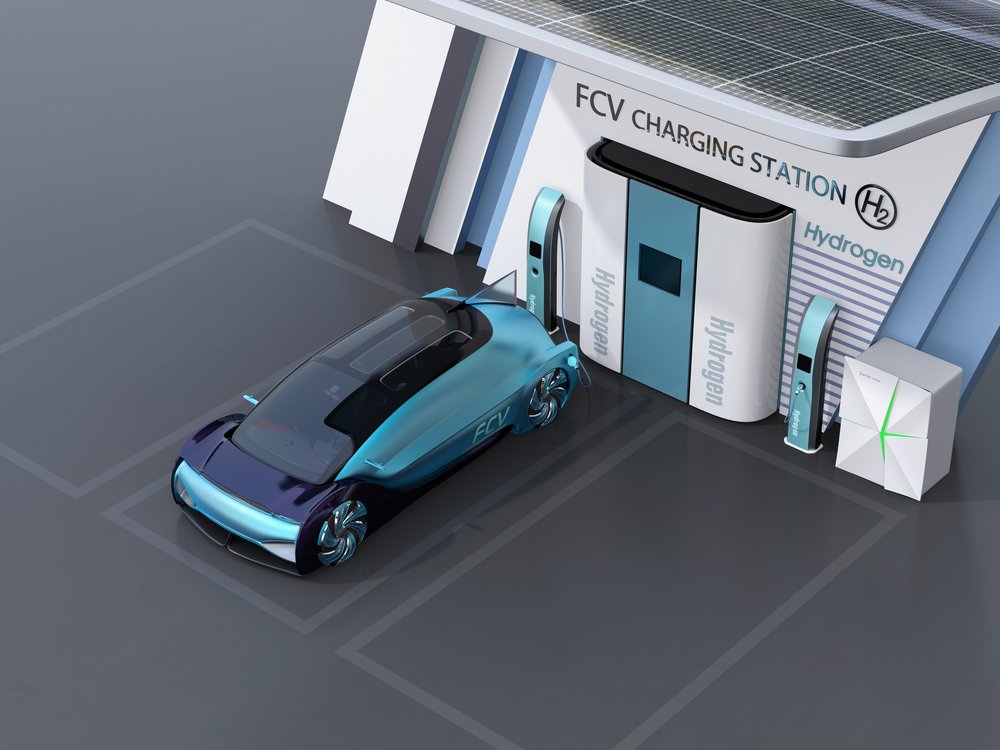

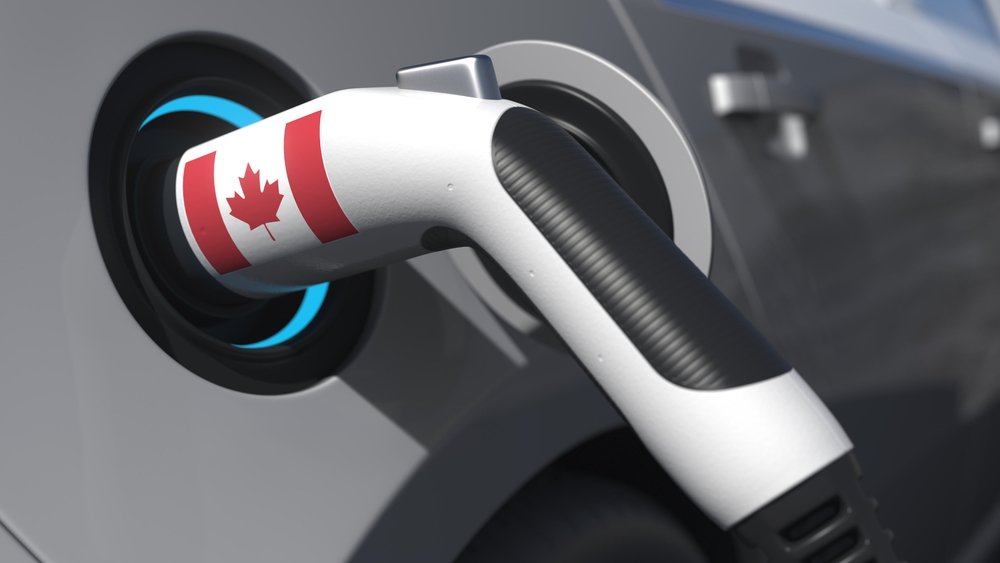
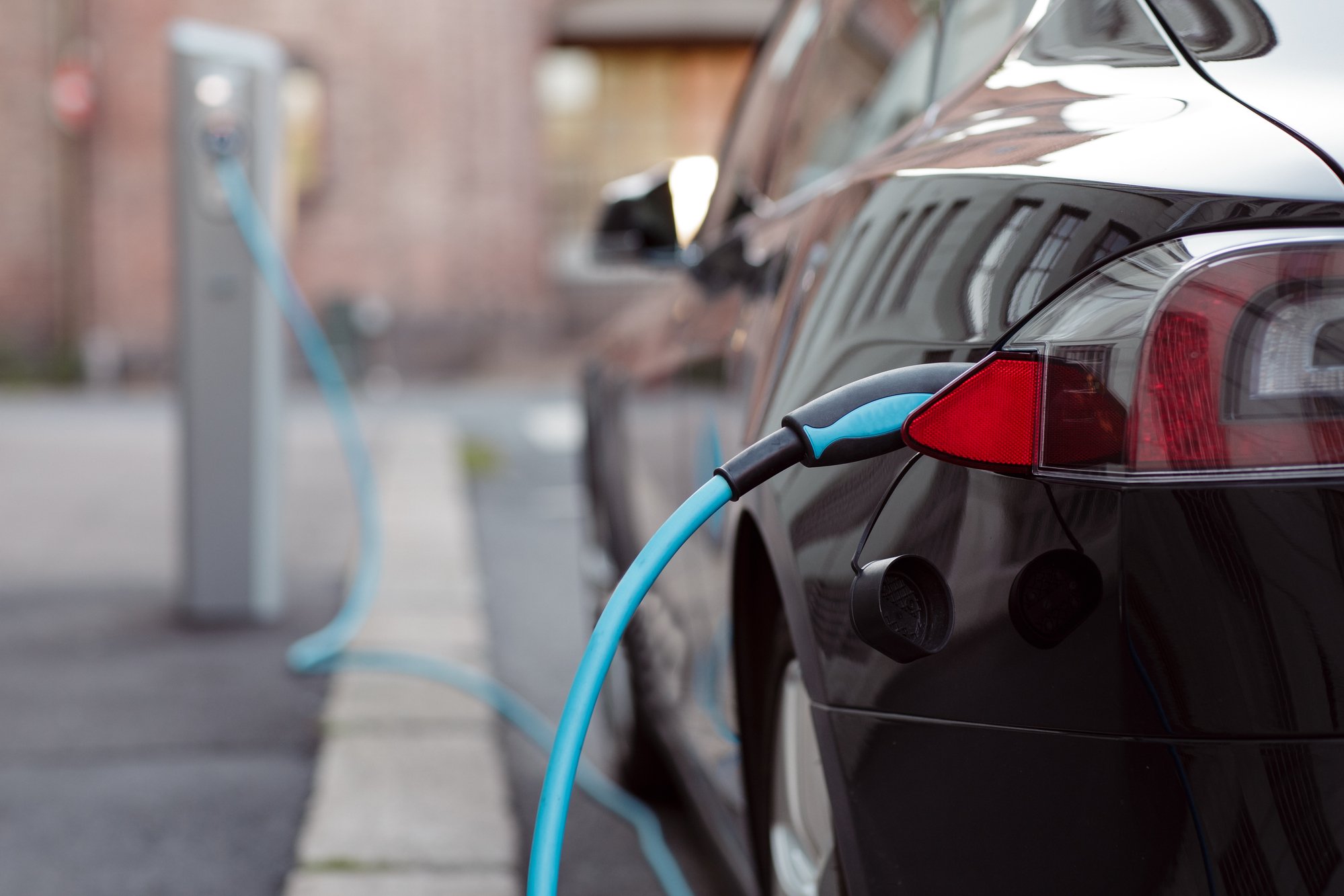
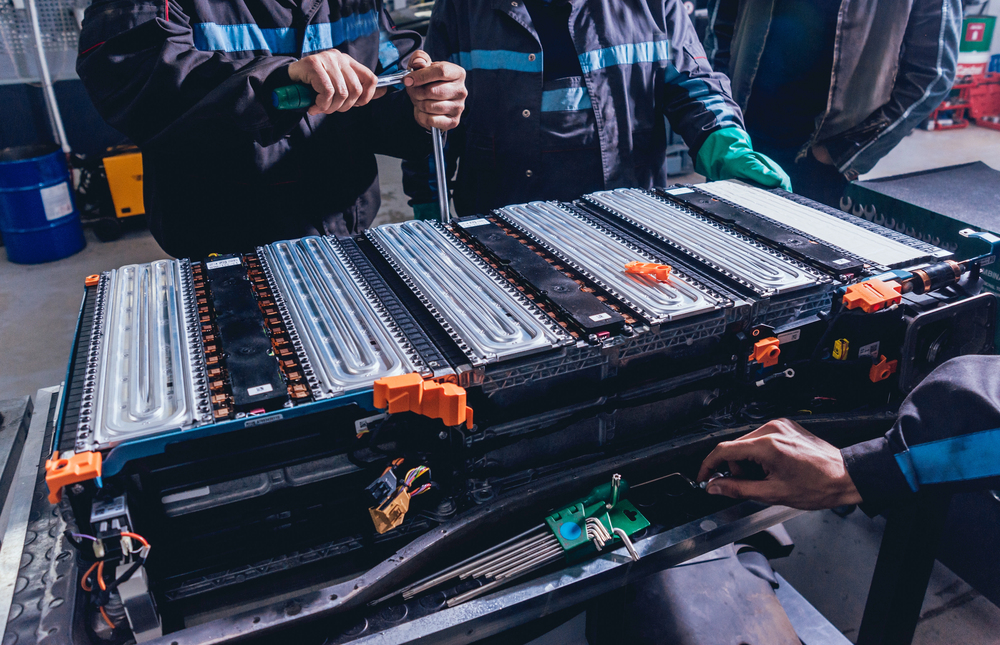
Leave a Reply